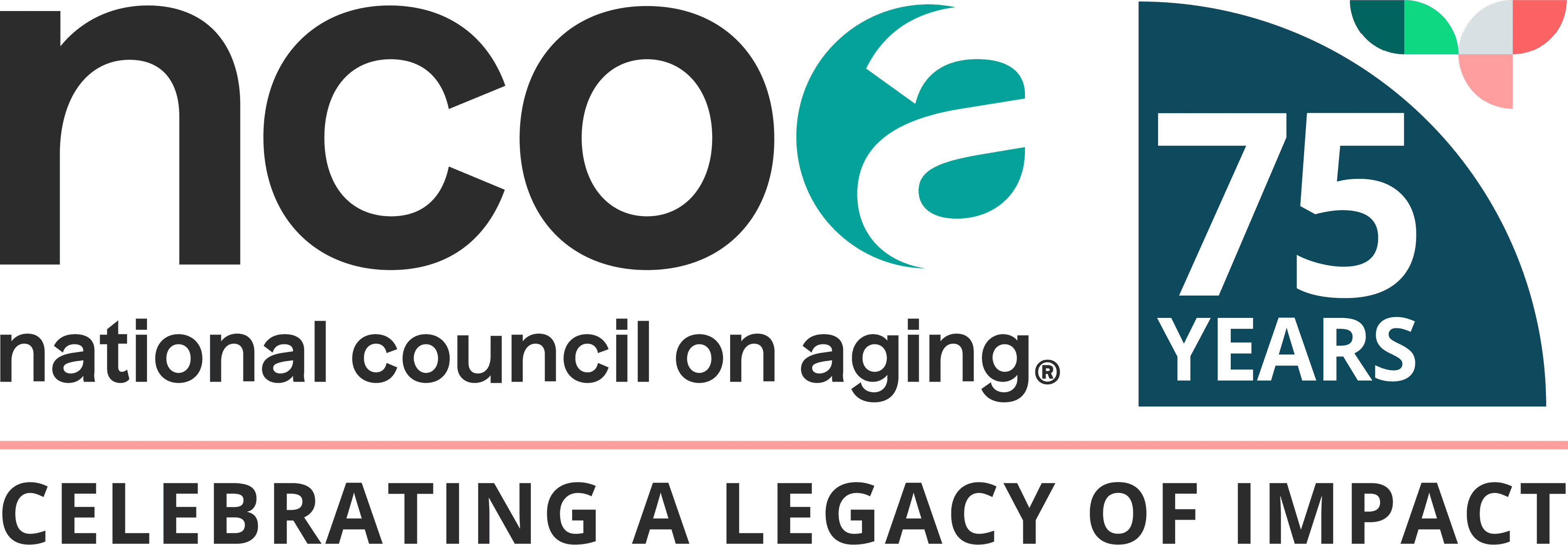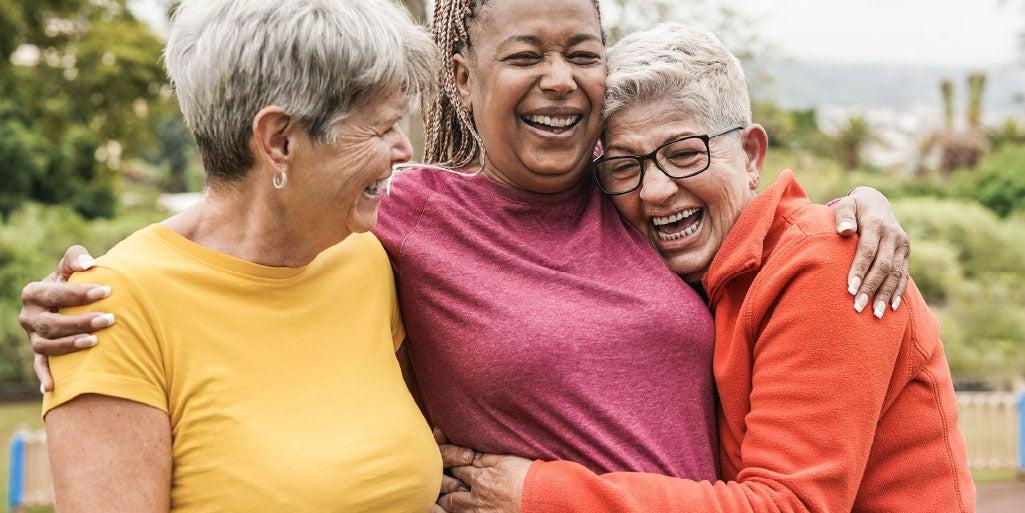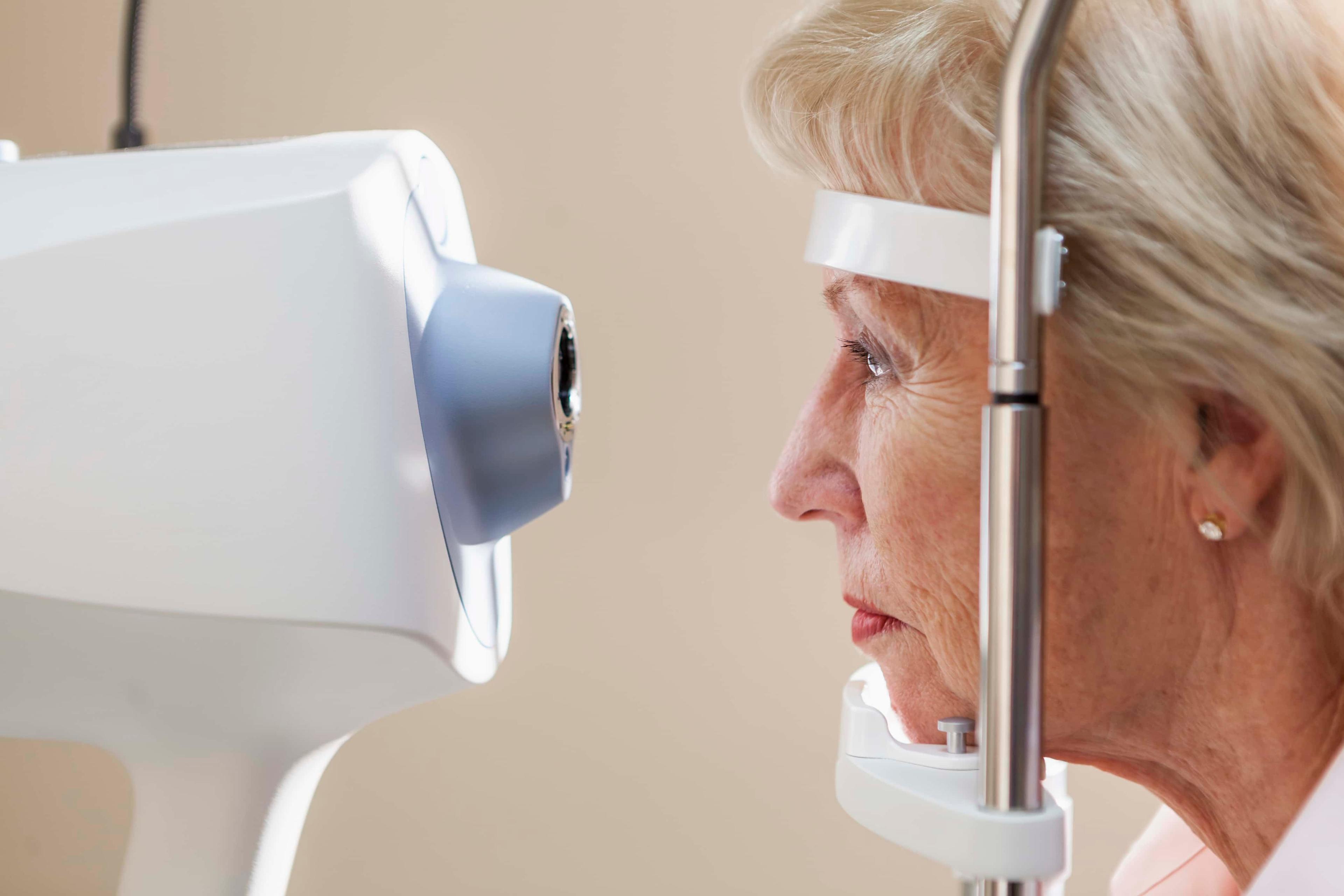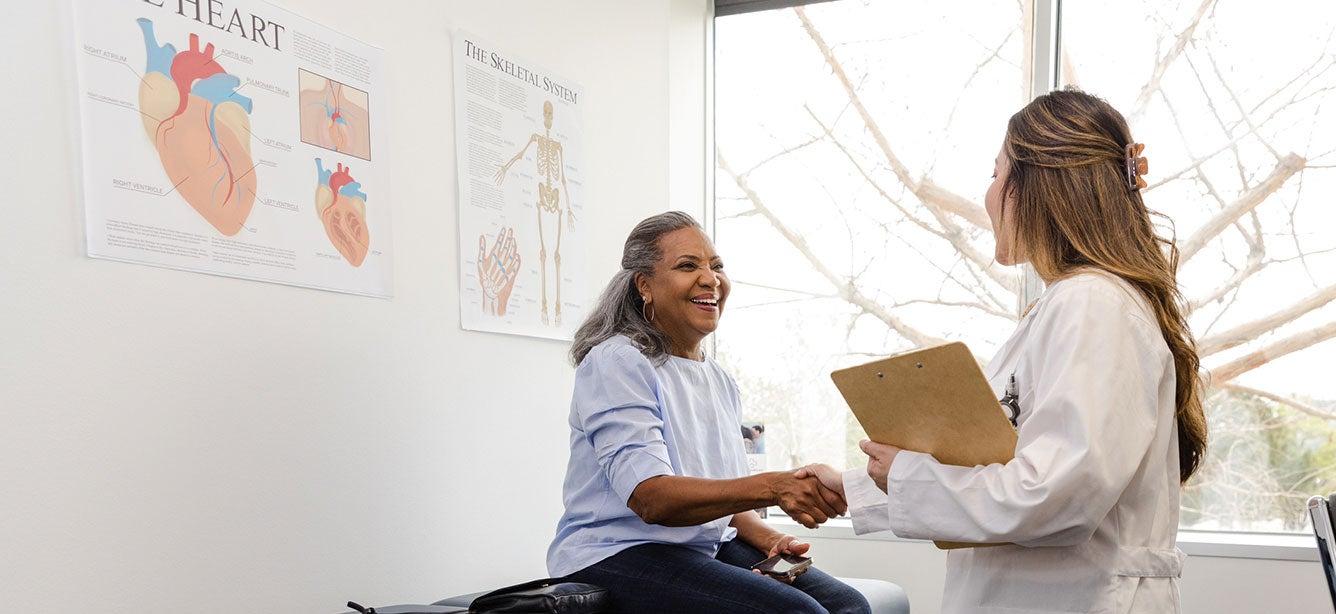Ageism in Health Care: A Vision Loss Perspective
4 min read

Ageism in health care delivery can disproportionately affect older people living with blindness and low vision. Although vision rehabilitation services are widely recognized as critical for adults under age 55 who experience significant vision loss, that’s not always the case for older people, perpetuating unequal health care access, referrals, and outcomes.
Who benefits from vision rehabilitation?
For adults under 55, vision loss is more likely to be met with referrals for vision rehabilitation services that prioritize independence, employment opportunities, and quality of life. Yet adults 55+ facing similar vision challenges are less likely to be connected with transformative vision rehabilitation services.
Tragically, there is a long-held belief that vision loss is an inevitable part of aging and that adults 55+ are less capable of benefiting from rehabilitation. This erroneous belief leads to a systemic failure to prioritize referrals for vision rehabilitation services for adults 55+, and especially those 65+.
The issue is further compounded by the high incidence of comorbidities among adults over 55, including diabetes, cardiovascular disease, arthritis, and cognitive decline, all of which can intensify the challenges associated with vision loss. These comorbidities, coupled with vision loss, contribute to double the rates of anxiety and depression among adults 65+ living with blindness and vision loss compared to their sighted peers.1
You can provide life-changing referrals
As a professional working with these adults, you can help break the cycle by providing vital referrals for vision rehabilitation services. Your referrals will help reduce the number of adults who lack access to life-enhancing services and improve physical and mental health outcomes. Without appropriate referrals and access to vision rehabilitation services, older people with blindness or low vision face significantly diminished quality of life and increased safety risks. A lack of services also undermines quality health care delivery since those who are aging don’t receive the same opportunities for independence and well-being afforded their younger counterparts.
Addressing this issue requires systemic change and an unwavering focus on the importance of referrals for adults of all ages with vision loss. Health care systems must challenge ageist assumptions by recognizing that vision rehabilitation is essential for adults regardless of age and can help adults 65+ remain safely and confidently in their homes.
Important system changes include:
- Enhanced Education and Training: Health care professionals would greatly benefit from training to understand the value of vision rehabilitation and counteract misperceptions leading to inadequate referrals.
- Equitable Funding Models: Policies and funding mechanisms must ensure that vision rehabilitation services are accessible to all age groups, including adults 55+ living with blindness and low vision.
- Enhanced Referral Processes: Systems should be designed to ensure automatic and consistent referrals to vision rehabilitation services for adults 55+ diagnosed with vision loss, mainly through integration into electronic health record systems.
- Community Outreach: Programs designed to connect older adults with vision loss to rehabilitation services must be expanded to ensure equitable distribution of resources.
- Research and Advocacy: Evidence-based research highlighting the success of vision rehabilitation for adults 55+ must be amplified, and advocacy efforts should focus on dismantling ageism in health care policy and practice.
Ageism in health care is pervasive, but for those living with vision loss, it dramatically undermines safety, independence, and quality of life.
Connecting your clients with local vision rehabilitation services
Take the first step in supporting your clients with blindness and low vision by providing a referral or connecting them with a local vision rehabilitation agency. Access a list of Vision Rehabilitation Agencies and visit Time to Be Bold to locate state and local vision rehabilitation services and other resources in your area. You and your clients can call the APH hotline to receive support and practical coping strategies for everyday tasks, join remote discussion groups, and access free online resources at the APH Connect Center and VisionAware. National organizations also provide a vast array of information and resources, including the American Foundation for the Blind (AFB), National Federation of the Blind (NFB), and National Industries for the Blind (NIB), which provides career and employment information and resources.
You can also access a toolkit that professionals can use to enhance support for adults living with blindness and low vision.
Learn more about vision rehabilitation through other articles in this series:
- How Vision Rehabilitation Changes Lives
- Identifying Undiagnosed Vision Loss in Older Adults
- Common Age-Related Eye Diseases: What to Know and What You Can Do
- How to Connect Older Adults to Life-Changing Vision Rehabilitation Services
- How Referring Older Adults to Vision Rehabilitation Can Strengthen Their Medical Care
- Helping People with Blindness and Vision Loss Continue to Participate in Everyday Activities
Sources
1. VisionServe Alliance, Aging and Vision Loss Coalition, and The Ohio State University College of Optometry. Big Data Project Insights for Adults 65+ with Vision Loss. Found on the internet at https://visionservealliance.org/big-data-insights-adults-65-and-older/




